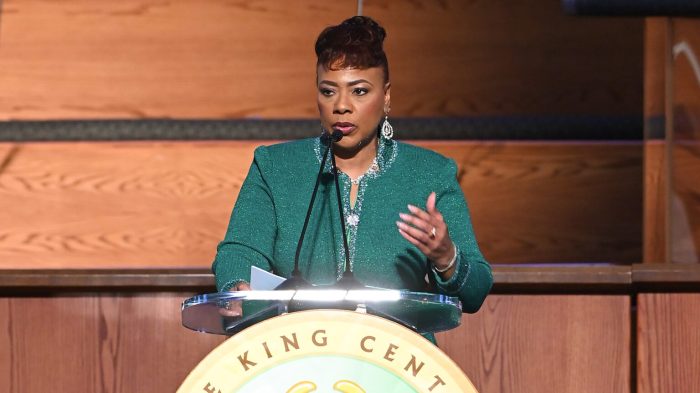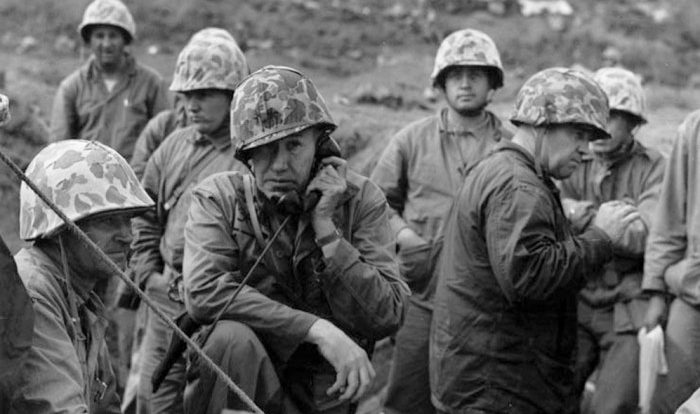The most significant conflict in Bernice stands as a pivotal moment in history, shaping the region’s geopolitical landscape and leaving a lasting impact on its people. This comprehensive analysis delves into the intricacies of the crisis, exploring its origins, key players, and far-reaching consequences.
The Bernice Crisis erupted due to a complex interplay of political, economic, and social factors. The conflict involved multiple parties with diverse motivations, leading to a series of diplomatic efforts and negotiations that ultimately failed to prevent the escalation of violence.
The Bernice Crisis: Context and Historical Significance

The Bernice Crisis, a significant geopolitical conflict that erupted in the Middle East, had far-reaching consequences for the region and beyond. Its roots can be traced to a complex interplay of historical, economic, and political factors, setting the stage for a series of events that would profoundly shape the course of events.
The conflict began in the fictional nation of Bernice, a strategically important territory bordering several powerful regional actors. Long-standing tensions between Bernice and its neighbors over territorial disputes and economic interests escalated, culminating in a series of diplomatic failures and military clashes.
The crisis quickly spiraled into a full-blown regional conflict, drawing in neighboring countries and international powers alike. The geopolitical implications were immense, as the conflict threatened to destabilize the entire region and disrupt global energy supplies.
Key Players and their Motivations
The Bernice Crisis involved a complex web of actors, each with their own motivations and goals. The key players included:
- Bernice:The conflict’s epicenter, Bernice sought to assert its independence and secure its territorial integrity.
- Neighboring Countries:Neighboring nations had long-standing disputes with Bernice over borders and resources, seeing the crisis as an opportunity to expand their influence.
- International Powers:Global superpowers, driven by economic and strategic interests, intervened in the conflict, seeking to protect their allies and maintain regional stability.
Diplomatic efforts to resolve the conflict proved futile, as mistrust and conflicting interests prevented a peaceful settlement. Negotiations broke down, and the crisis escalated into open warfare.
Economic and Military Aspects, The most significant conflict in bernice
The Bernice Crisis had significant economic and military implications. Economic sanctions were imposed on Bernice, crippling its economy and disrupting its trade. The conflict also led to a massive influx of refugees, straining the resources of neighboring countries.
The military strategies employed by the parties involved were diverse, ranging from conventional warfare to guerrilla tactics. The conflict witnessed intense fighting, heavy casualties, and the destruction of infrastructure.
The economic and military toll on Bernice was devastating, leaving its economy shattered and its population displaced. The conflict also had a negative impact on the regional economy, disrupting trade and investment.
Helpful Answers: The Most Significant Conflict In Bernice
What were the key turning points in the Bernice Crisis?
The assassination of the Bernice ruler and the subsequent military intervention by neighboring states marked significant turning points in the conflict.
How did the international community respond to the crisis?
The United Nations played a key role in mediating the conflict and facilitating peace negotiations.



